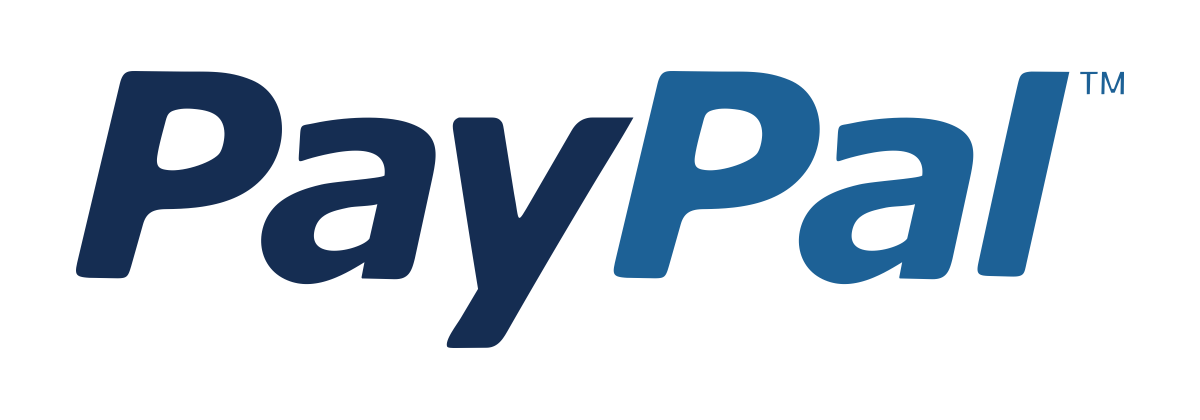DeepSpeed
Master DeepSpeed to train, optimize, and deploy massive transformer and LLM models with advanced parallelism, memory optimization, quantization, and d Price Match Guarantee
Full Lifetime Access
Access on any Device
Technical Support
Secure Checkout
Course Completion Certificate
Price Match Guarantee
Full Lifetime Access
Access on any Device
Technical Support
Secure Checkout
Course Completion Certificate
 97% Started a new career
BUY THIS COURSE (
97% Started a new career
BUY THIS COURSE (GBP 12 GBP 29 )-
 84% Got a pay increase and promotion
84% Got a pay increase and promotion
Students also bought -
-
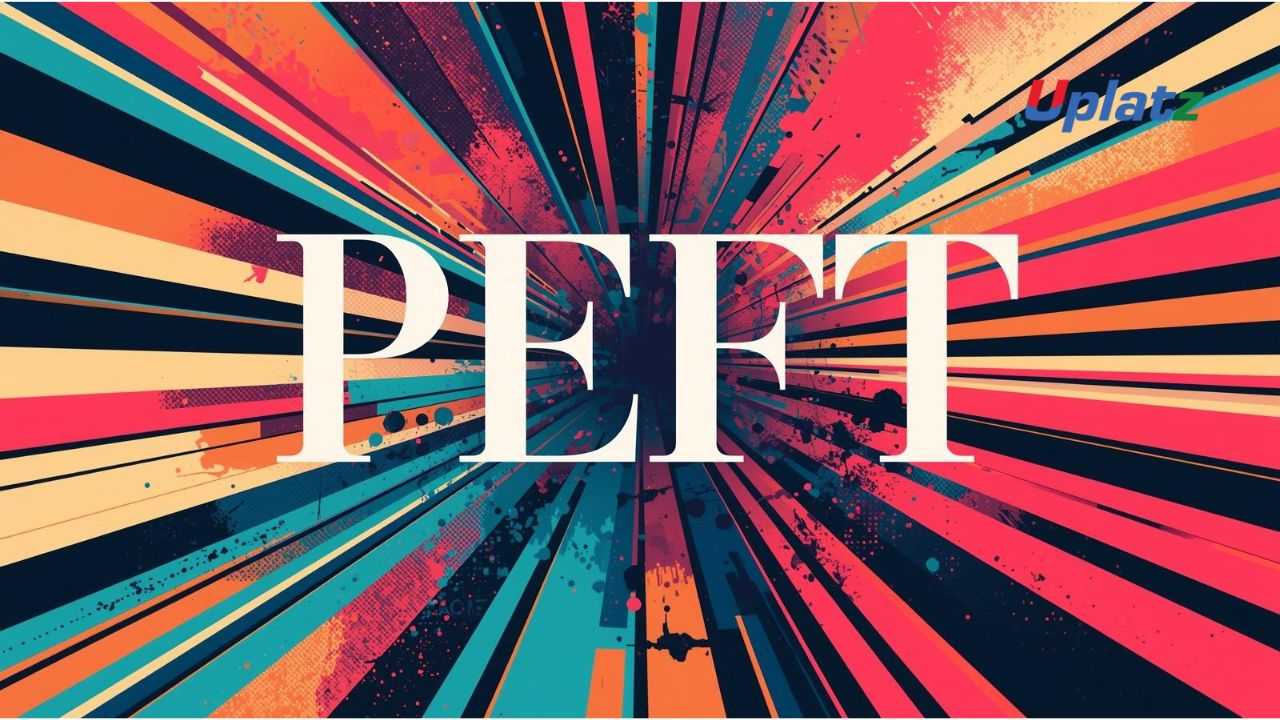
- PEFT
- 10 Hours
- GBP 12
- 10 Learners
-
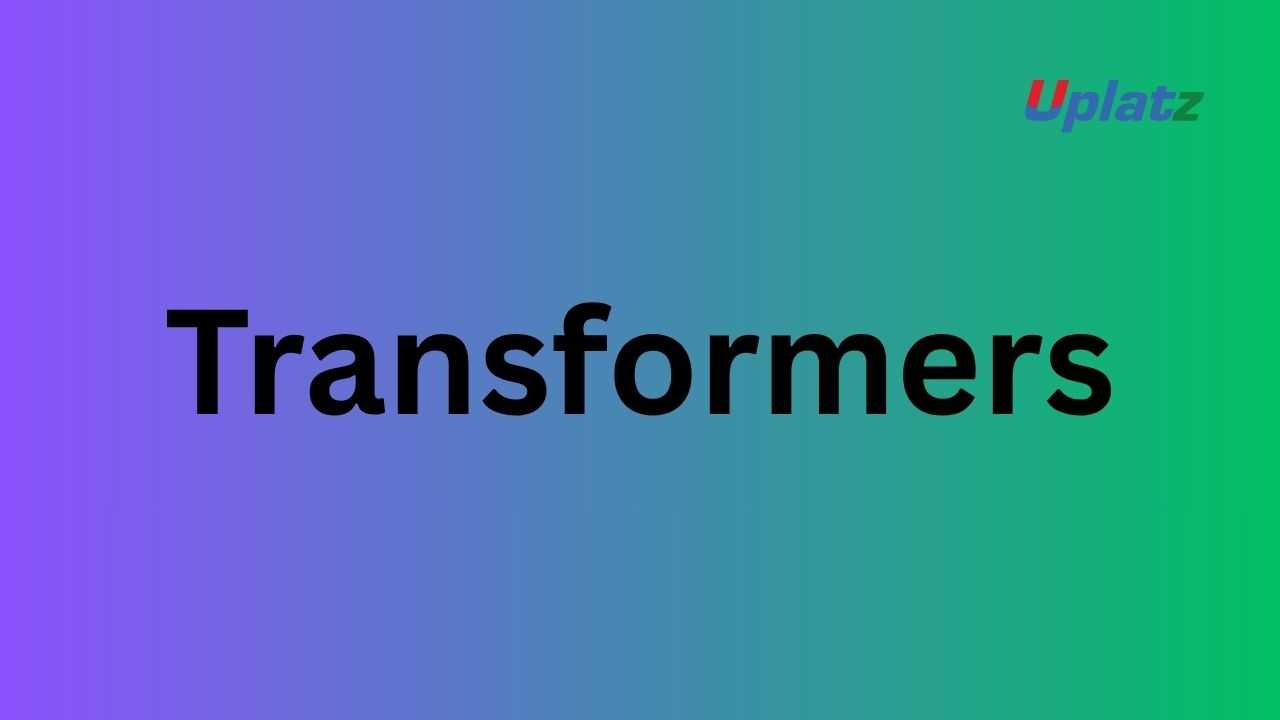
- Transformers
- 10 Hours
- GBP 12
- 10 Learners
-
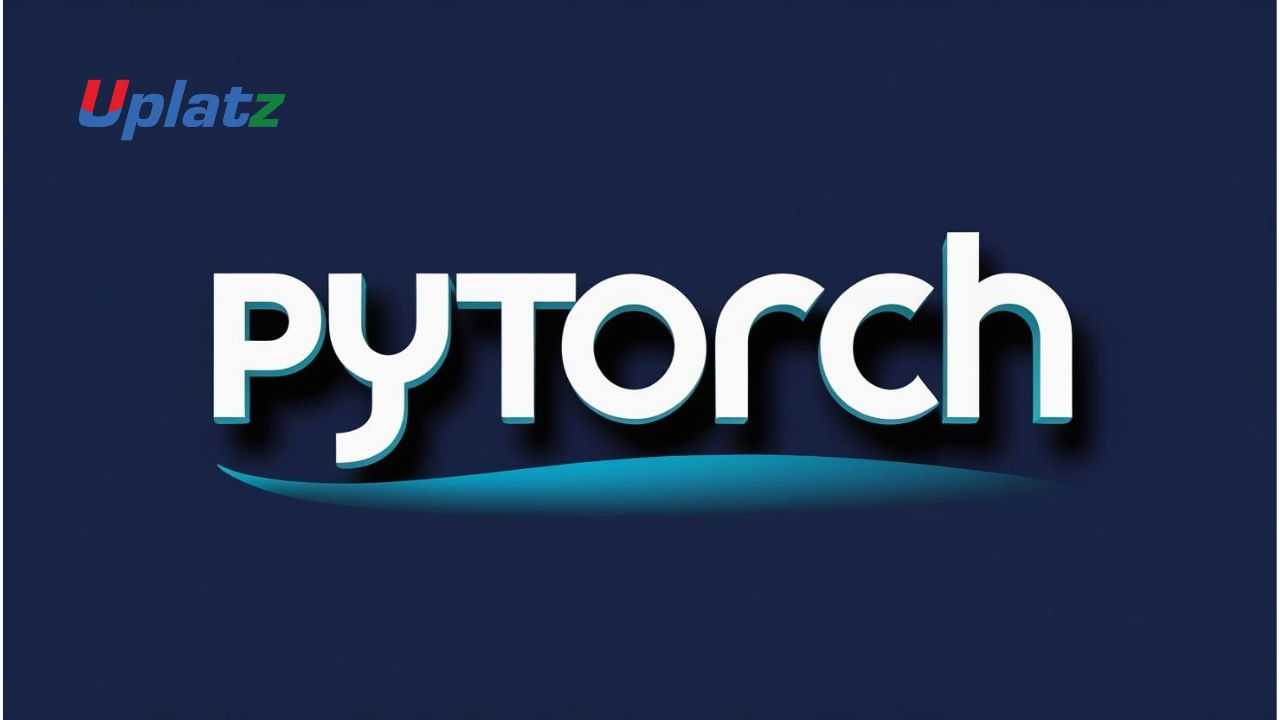
- PyTorch
- 10 Hours
- GBP 12
- 10 Learners
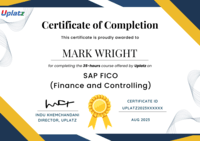
-
Configure DeepSpeed using the JSON config file
-
Enable ZeRO Stage 1/2/3
-
Train 7B–70B models on multiple GPUs
-
Use gradient checkpointing and offloading
-
Apply DeepSpeed-Inference for lightning-fast model serving
-
Run DeepSpeed on single-GPU, multi-GPU, and multi-node environments
-
Use DeepSpeed with models such as GPT, T5, Llama, Mistral, and Falcon
-
Hugging Face Transformers
-
PEFT (LoRA/QLoRA)
-
PyTorch Distributed
-
Ray and Kubernetes clusters
-
Azure ML and AWS SageMaker
-
Training LLMs with 100B+ parameters
-
Distributed training across multi-node GPU clusters
-
Memory-efficient finetuning with ZeRO and offloading
-
Accelerating inference for RAG pipelines and chatbots
-
Optimizing transformer training loops for enterprise workloads
-
ZeRO optimizer (stages 1–3 + Infinity)
-
Distributed training across multiple GPUs/nodes
-
Model parallelism (tensor, pipeline, and 3D parallelism)
-
Optimized kernels, fused ops, communication-efficient training
-
Mixed precision and quantized training
-
DeepSpeed-MII for ultra-fast inference
ZeRO Stages:
-
Stage 1: Optimizer state partitioning
-
Stage 2: Adds gradient partitioning
-
Stage 3: Adds parameter partitioning (full sharding)
-
Data parallelism
-
Tensor parallelism
-
Pipeline parallelism
-
CPU
-
NVMe storage
-
Other GPUs
-
Ability to train extremely large models
-
Deep understanding of distributed training
-
Skills in ZeRO, parallelism, quantization, and offloading
-
Integration expertise with Hugging Face & PyTorch
-
Capabilities in enterprise-scale ML engineering
-
High demand for DeepSpeed skills in AI research and industry
-
Strong foundation for LLM engineering roles
-
Why distributed training matters
-
DeepSpeed architecture and ZeRO
-
Training transformer and LLM models at scale
-
Offloading and memory optimization
-
Mixed-precision and quantization training
-
Pipeline and tensor parallelism
-
DeepSpeed-MII for inference
-
Using DeepSpeed config JSON
-
Training on multi-GPU and multi-node systems
-
Deploying optimized models in production
-
Capstone: train and deploy a large model using DeepSpeed
-
Start with distributed training basics
-
Practice using ZeRO-1, ZeRO-2, and ZeRO-3
-
Run small-scale experiments locally
-
Move to multi-GPU training
-
Use offloading for ultra-large models
-
Experiment with DeepSpeed-MII inference
-
Complete the capstone with a large transformer model
-
Machine Learning Engineers
-
Deep Learning Engineers
-
LLM Developers
-
AI Researchers
-
Data Scientists (Advanced)
-
Cloud ML Practitioners
-
Students entering distributed AI
By the end of this course, learners will:
-
Understand distributed training principles
-
Use ZeRO 1/2/3 for memory-efficient training
-
Train LLMs with DeepSpeed and PyTorch
-
Configure parallelism methods (tensor, pipeline, 3D)
-
Apply offloading and quantization
-
Optimize large-scale training jobs
-
Deploy DeepSpeed inference services
Course Syllabus
Module 1: Introduction to DeepSpeed
-
Why large-model training is difficult
-
DeepSpeed overview
Module 2: Distributed Training Basics
-
Data, model, and pipeline parallelism
Module 3: ZeRO Optimization
-
ZeRO stages 1–3
-
ZeRO-Infinity
Module 4: Memory Optimization & Offloading
-
CPU offload
-
NVMe offload
-
Activation checkpointing
Module 5: DeepSpeed Configurations
-
JSON config
-
Training arguments
Module 6: Training Transformer Models
-
GPT, T5, Llama
-
Multi-GPU and multi-node setups
Module 7: DeepSpeed-MII
-
Inference acceleration
-
Quantized kernels
Module 8: Integration with Hugging Face
-
Transformers + DeepSpeed
-
Finetuning pipelines
Module 9: Deployment
-
FastAPI
-
TorchServe
-
Cloud deployment
Module 10: Capstone Project
-
Train and deploy a large transformer model using DeepSpeed
Upon completion, learners receive a Uplatz Certificate in DeepSpeed & Distributed AI, validating expertise in large-scale model training and optimization.
This course prepares learners for roles such as:
-
LLM Engineer
-
Deep Learning Engineer
-
Distributed Systems Engineer
-
AI Research Engineer
-
ML Infrastructure Engineer
-
Cloud Machine Learning Architect
1. What is DeepSpeed?
A deep-learning optimization library for training and deploying large models efficiently.
2. What is ZeRO?
A memory-optimization technique that partitions gradients, optimizer states, and parameters.
3. What is 3D parallelism?
A combination of data, tensor, and pipeline parallelism to scale trillion-parameter models.
4. How does DeepSpeed reduce GPU memory usage?
Through partitioning, offloading, quantization, and activation checkpointing.
5. What is DeepSpeed-MII?
A fast inference engine for accelerating LLM serving.
6. Can DeepSpeed work with Hugging Face?
Yes, DeepSpeed integrates seamlessly with Hugging Face Transformers.
7. What is offloading in DeepSpeed?
Moving memory-heavy components to CPU or NVMe storage.
8. What models can be trained using DeepSpeed?
GPT, T5, Llama, Mistral, Falcon, and other transformer models.
9. What issue does ZeRO solve?
Redundant model states that prevent scaling to large models.
10. How do you run DeepSpeed on multiple nodes?
Using deepspeed --num_nodes plus distributed training configurations.







